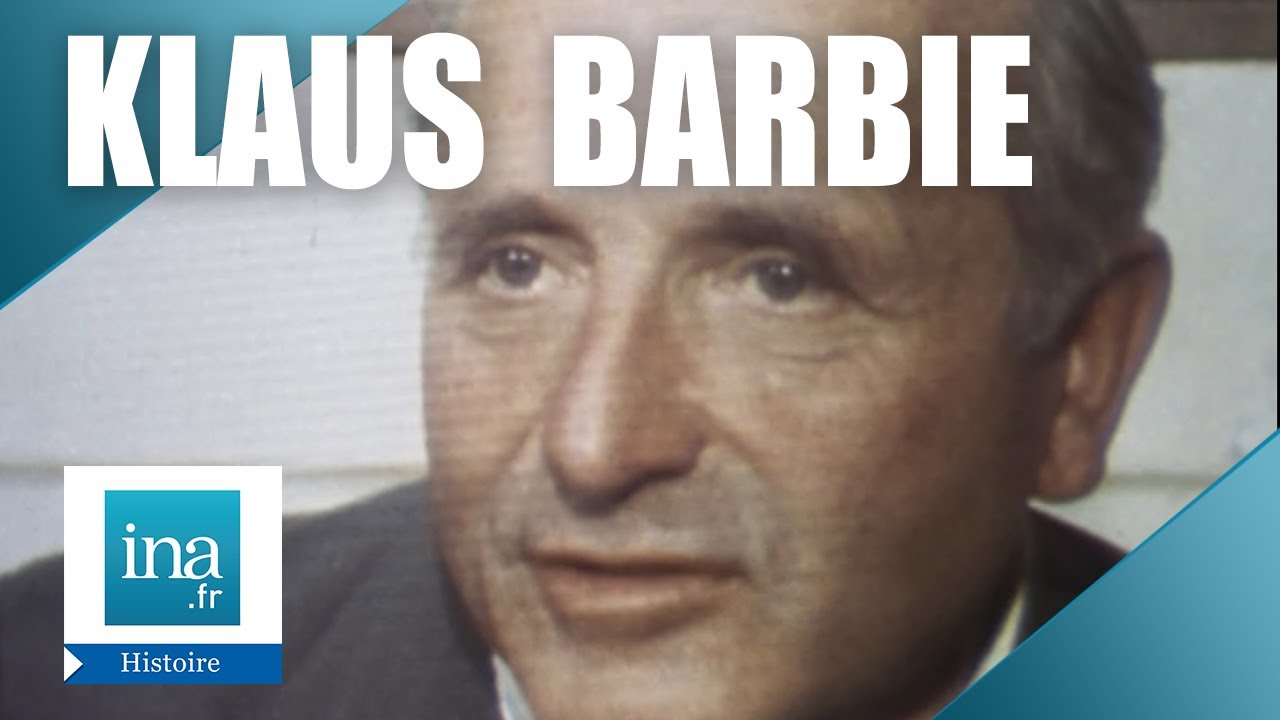Klaus Barbie was head of the Gestapo in Lyon, France, during the occupation and was known as the Butcher of Lyon for his sadistic enjoyment of torture and killing. Under him, thousands of Jews and other French people were sent to death camps, chiefly of them Auschwitz. Even at the end of the war, while the Allies were advancing in on Lyon, he sent one last train filled with hundreds of people before fleeing the country.
He adopted the named Klaus Altmann and was recruited by the United States Army Counter Intelligence Corps – let that sink in – to help fight against the USSR and “communism”. For years, France sent extradition requests to prosecute him, without success. Then, one year, the United States replied that they had lost all traces of Klaus and that was that.
Of course, they had exfiltrated him with help from the CIA because he was getting too much heat. He eventually ended up in Bolivia in 1951, publicly as a wood mill owner but secretly, and since the 1960s, Klaus was working for the Bolivian dictatorship to help them track opponents to the regime, mainly communists.
Suspicions were mounting against Klaus Altmann. In his wood mill, he marked all tenth planks with a small swastika. Then, from 1966 to 1971, he headed the Compagnie Transmaritima Boliviana, the prime maritime shipping company in Bolivia who was also responsible for fuelling the drug and weapons trade in South America. In the 70s, it seems he was once again hired by the CIA. This was bringing him international attention, and people like the Klarsfeld couple, who made it their life mission to track ex-Nazis, were on his tail.
It all culminated in 1972 with the video I linked above. French Journalist Ladislas de Hoyos was set on discovering Klaus once and for all. He organised an interview in Bolivia which, however, was to be heavily controlled by the Bolivian government. The questions were approved beforehand and they would be asked in Spanish. It would last only a few minutes and monitored by several Bolivian soldiers.
This didn’t deter Ladislas. He started the interview as agreed, asking simple questions like clarifying his identity as Klaus Altmann. Soon enough, he started asking him to say things in French like “I was not in the gestapo” or “I have never tortured”. Already Klaus was showing some proficiency in French, as his answers were too confident for someone who, so the story went, lived in Berlin all his life as a manual labourer until he emigrated to Bolivia after the war.
Then, Ladislas broke the rules and asked him a question in French: “Have you ever been to Lyon?”. Without any hesitation, Klaus answered in German: “No, I’ve never been to Lyon”. This was the second strike that betrayed his understanding of French.
Finally, near the end of the interview, Ladislas handed Klaus pictures of Jean Moulin, probably the most famous resistance fighter in France who died during the war under Barbie’s hand. Klaus denied knowing who this person was, but by holding the pictures, he left his fingerprints on them. Ladislas took them back, folded the pictures in half, and stored them in his jacket’s inside pocket.
By the end, the Bolivian forces understood what was going on and were getting agitated. The cameraman took the film out and gave them to the French consul, present during the interview. When the soldiers asked the journalists for the film, he happily handed them blank reels. They fled on car to the consulate, where the evidence was sent to France in a diplomatic baggage. There, they were able to confirm the prints taken from the pictures of Jean Moulin. Klaus Altman was finally proven to be nazi criminal Klaus Barbie.
It would eventually take until 1983 and a change of government in Bolivia for Klaus to be extradited to France. He himself thought he was going back to Germany and so he wasn’t worried (there is some evidence he worked for West Germany at some points). However, the plane led him to France where he was brought up on the charges against him as soon as he stepped off the plane. He was symbolically interned in the Montluc Prison, where he had tortured hundreds decades before. Two months later, he was condemned to life in prison by the court – the death penalty had been abolished in France only two years earlier.
Klaus’ story is a reminder of what fascists will do. Any committed fascist is able and willing to do what Barbie did – torture and send thousands to die. But it’s also a reminder of the pervasive cocktail that is imperialism and fascism together. While the world remembers the liberation from the Nazis, we must remember that Nazis were allowed to flee their crimes with help from the USA, and were even employed and paid by them to help them kill communists (Operation Gladio comes to mind). There was never any liberation, there was never any denazification. They were just shuffled around and tried to be lost to time. And I haven’t even delved into the whole situation in Bolivia which was fraught with regime change, fascism and Amerikan intervention (Operation Condor) for the decades that Barbie was living there and beyond.
Indeed, Barbie died in prison in 1991. Many of us here were not born in 1991, much less in the 80s. This event was lost to time and yet, if there is one thing that exposes the unprincipled, imperialistic nature of Amerika, it must be his protection and employment by the CIA.

